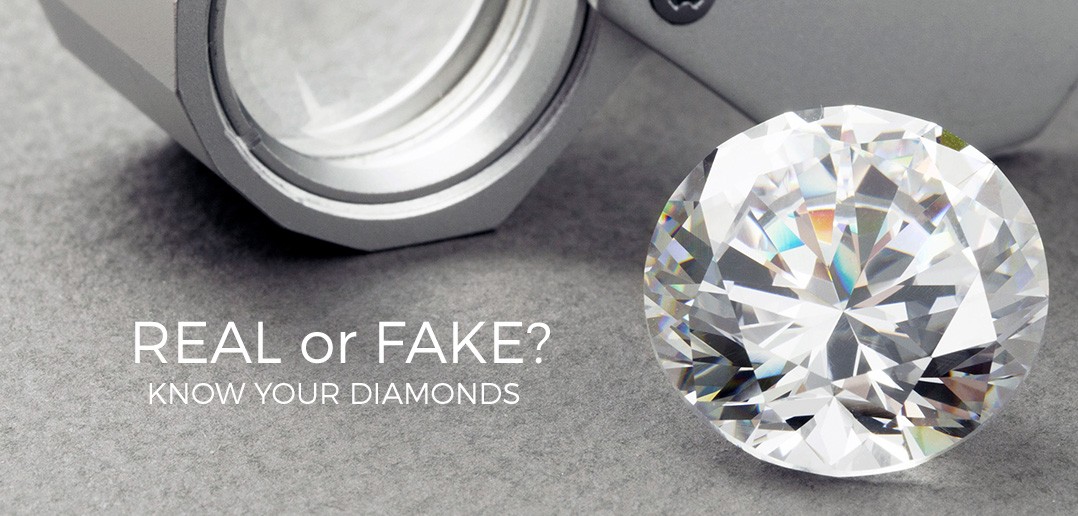Similar to a dentist, accountant, or anyone dealing with your personal information, a jeweller handles items which may be of great personal and emotional significance to you, often irreplaceable items which also may be of high monetary value. Your jeweller’s protocol when handling your valuables should thus be exemplary. Unfortunately, few people, sadly also some jewellers, are not aware of the do’s and don’ts when it comes to the treatment of other peoples’ valuables.

Firstly, a jeweller should not only have respect for the products he/she deals in but show respect in the way he physically handles your valuables. After all, precious metals and gems are the rarest and most beautiful parts of Mother Earth. They deserve to be cleaned properly, to be handled with tweezers, displayed on a clean surface under a friendly light source.
Secondly, your jeweller should be an expert in identifying and evaluating gems and jewellery. Without this, his service is worth as much as his knowledge. Some jewellers, especially internet operators, claim to be experts but have more selling skills than product knowledge.
Thirdly, although you may have sufficient trust in your jeweller to hand him your valuables for cleaning, repair, valuation or brokerage, he still should adhere to a specific protocol when taking in your jewellery. For instance:
- Show interest by asking about the origin, the history and ownership of the items and ask about the service that is required.
- Your jeweller should then identify and assess the items, explain to you what can be done and give an approximate idea of costs involved.
- If you agree to leave your items with him, you should receive the top-copy of a pre-printed Take-in Receipt Book on which indicates your name, address and contact number as well as a cryptic description of your items.
- A photographic or Xerox copy of the items should be attached.
- This Take-In receipt should also specify whether the items are insured while with him, estimated value and a limit of liability in case of loss. Also, the jeweller’s signature, his address and contact number and approximate date of collection.
- He should phone when your items are ready and will expect of you to return the Take-in Receipt when you collect your items.NOTE: A professional jeweller will have the in-house equipment and sufficient knowledge to differentiate between natural diamonds and gemstones, and those made by man, ie laboratory-grown synthetic diamonds and gems. He should know how to identify various precious metal alloys and be able to test the caratage of gold. If he cannot identify the true nature of the item he takes from you, it may lead to it being swopped in the workshop and you may end up with a similar but inferior item.

Unfortunately, mistakes and misunderstandings when dealing with hard to identify items do happen, and no matter the depth of your trust, a proper paper trail is essential when you leave your jewellery for repair or valuation at a jeweller. A proper Take-in Receipt establishes trust, eliminates potential disputes and ensures a good Jeweller-Client relationship.
The Prins & Prins Team look forward to assist you with all your jewellery needs.
